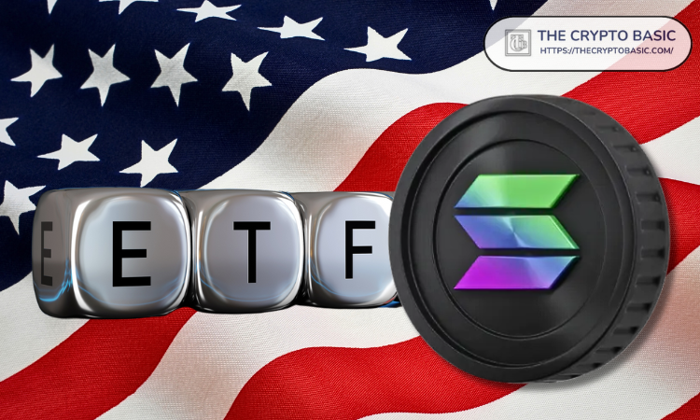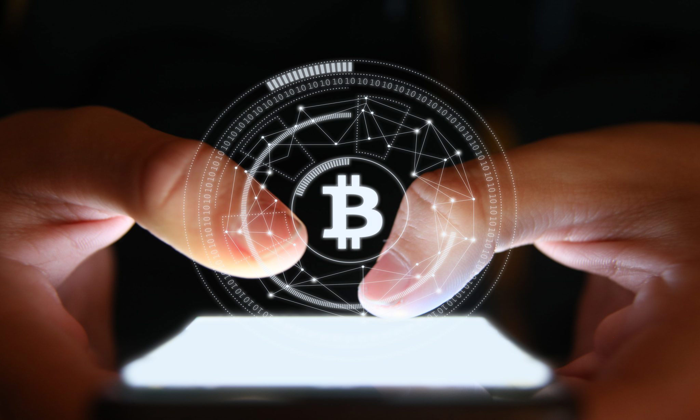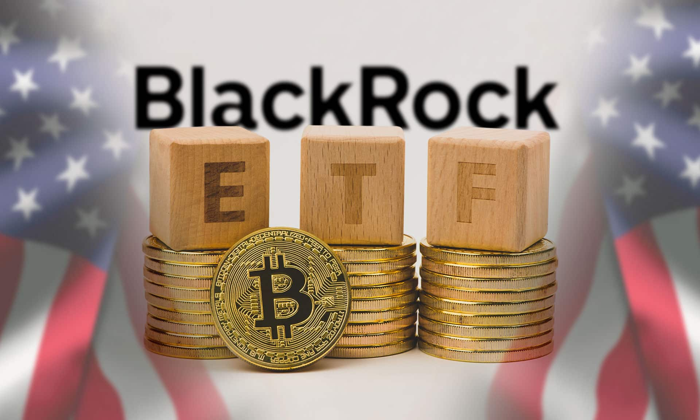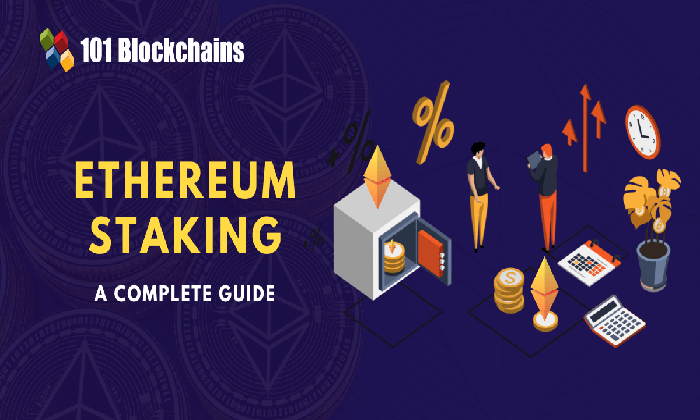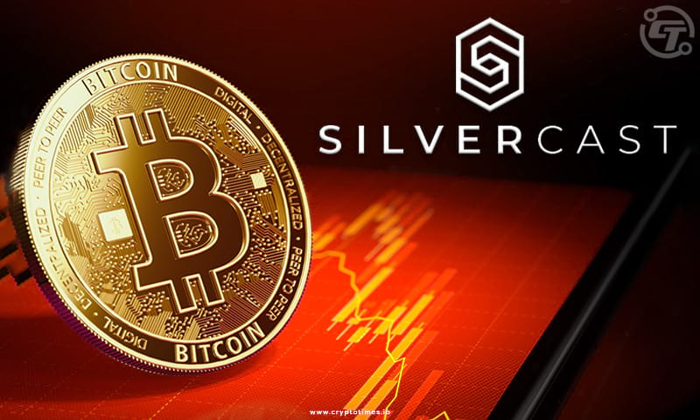RWA tokenization represents a transformative approach to asset management, bridging the gap between traditional finance and blockchain innovation. This groundbreaking initiative aims to turn real-world assets into digital tokens, legally equivalent to their physical counterparts. Robinhood has ambitiously proposed a national framework for this evolution, laying the foundation for a new trading platform designed to enhance efficiency while ensuring compliance with regulations. The focus on financial infrastructure tokenization is set to revolutionize how tokenized assets are traded and managed, making the trading process both transparent and accessible. As we delve deeper into this landscape where blockchain asset management gains traction, the implications for investors are profound.
The emerging trend of digitizing tangible assets, often referred to as real asset digitization, is gaining momentum within the financial sector. At the forefront of this movement is Robinhood, which aims to establish a comprehensive framework for the tokenization of these assets. Through this concept, traditional financial instruments can seamlessly transition into the digital realm, paving the way for innovative trading opportunities. This approach is not only a technical feat but also a necessary evolution in the way we perceive and manage ownership, laying the foundation for a future equipped with robust financial infrastructure and enhanced liquidity. By harnessing the power of blockchain, the initiative promises to redefine asset trading, benefiting both institutional players and everyday investors alike.
Understanding RWA Tokenization in the Financial Landscape
Real-World Asset (RWA) tokenization represents a transformative approach in the financial markets, as it seeks to bridge the gap between traditional financial assets and digital equities. By tokenizing assets such as real estate, commodities, and government bonds, financial institutions can leverage blockchain technology to enhance liquidity, transparency, and accessibility. This new format allows assets that were once illiquid or difficult to manage to be traded seamlessly on decentralized platforms, providing a unique opportunity for both accredited and retail investors.
As seen with Robinhood’s recent proposal to create a national framework for RWA tokenization, there is a growing interest among brokers and financial institutions in adopting blockchain asset management methods. By offering equivalent legal treatment to tokenized assets, Robinhood aims to make RWA trading more appealing and compliant with existing regulations. The legal recognition of tokens as direct representations of underlying assets, rather than mere derivatives, could catalyze widespread adoption and create a robust ecosystem for trading tokenized assets.
Frequently Asked Questions
What is RWA tokenization and how does it relate to financial infrastructure?
RWA tokenization refers to the process of converting real-world assets into digital tokens using blockchain technology. This innovative approach aims to modernize financial infrastructure by making tokenized assets legally equivalent to their traditional counterparts, enabling compliant on-chain settlements and improving efficiency in trading and custody processes.
How does Robinhood’s proposal for RWA tokenization impact the trading of tokenized assets?
Robinhood’s proposal for RWA tokenization seeks to create a national framework where tokenized assets, such as US Treasury bonds, are treated as equivalent to their traditional forms. This initiative is designed to enhance the trading of tokenized assets by streamlining regulatory compliance and potentially allowing for faster trade executions and lower costs within the existing legal framework.
What is the Real World Asset Exchange (RRE) and its relevance to RWA tokenization?
The Real World Asset Exchange (RRE) is a proposed trading platform by Robinhood that will enable off-chain trade matching and on-chain settlement for tokenized assets. The RRE aims to facilitate RWA tokenization by providing a more efficient and transparent trading environment while adhering to compliance standards such as KYC and AML.
What technological innovations are being utilized in Robinhood’s RWA tokenization initiative?
Robinhood’s RWA tokenization initiative employs a dual-chain architecture that leverages Solana and Base. This technology allows the platform to achieve high-frequency off-chain trade matching combined with rapid on-chain settlement, potentially reducing settlement times in US capital markets from T+2 to T+0.
How does RWA tokenization enable compliance with regulations in asset management?
RWA tokenization facilitates compliance with regulations in asset management by ensuring that tokenized assets are treated as their traditional forms, allowing institutions to manage them within existing regulatory frameworks. By incorporating KYC and AML solutions, platforms like Robinhood can meet global compliance requirements while promoting the growth of tokenized assets.
What benefits can institutional investors expect from RWA tokenization?
Institutional investors can expect several benefits from RWA tokenization, including streamlined custody and settlement processes, reduced trading costs, and the ability to trade real-world assets more efficiently. By treating tokenized assets as direct representations of the underlying assets, institutions can improve their asset allocation strategies and enhance liquidity in the markets.
What are the potential challenges of implementing RWA tokenization?
Potential challenges of implementing RWA tokenization include navigating complex regulatory landscapes, achieving widespread adoption among traditional financial institutions, and ensuring robust technological infrastructure to support high-volume transactions. These challenges must be addressed to fully realize the benefits of tokenized assets.
How does the recent surge in RWA tokenization initiatives reflect market trends?
The recent surge in RWA tokenization initiatives indicates a convergence of clearer regulatory frameworks, advancements in blockchain technology, and the active participation of major financial players. As these elements align, interest in RWA tokenization is on the rise, signaling a shift in how assets may be allocated and managed in the future.
What role do blockchain solutions play in RWA tokenization?
Blockchain solutions play a crucial role in RWA tokenization by providing a secure and transparent platform where real-world assets can be represented as digital tokens. This technology enables efficient transaction processing, enhances liquidity, and maintains a decentralized ledger that upholds the integrity and compliance of asset management.
Can retail investors access tokenized assets through platforms like Robinhood?
Yes, retail investors can access tokenized assets through trading platforms like Robinhood, which aims to democratize access to RWA tokenization. By creating a compliant trading environment, Robinhood plans to offer retail investors the opportunity to invest in tokenized real-world assets, similar to traditional asset classes.
| Key Point | Details |
|---|---|
| Proposal Submission | Robinhood submitted a proposal to the SEC for a national framework for RWA tokenization. |
| New Trading Platform | Announced plans for the Real World Asset Exchange (RRE) to match off-chain trades and settle on-chain. |
| Regulatory Framework | Seeks to treat tokenized assets as equivalent to traditional assets to streamline compliance and reduce costs. |
| KYC and AML Compliance | Partnering with Jumio and Chainalysis for compliance solutions. |
| Technology | Utilizing a dual-chain architecture with Solana and Base for high-frequency trading. |
| Efficiency and Cost Reduction | Potential to reduce settlement time from T+2 to T+0 and lower trading costs by 30% annually. |
| Institutional Interest | Growing interest in RWA tokenization from Wall Street and entities like BlackRock and MultiBank Group. |
Summary
RWA tokenization is at the forefront of a transformative movement in finance, led by Robinhood’s innovative proposal to the SEC. By creating a national framework that aligns traditional financial assets with digital tokenization, Robinhood aims to enhance efficiency, compliance, and transparency in asset trading. This new approach not only promises to revolutionize market operations but also invites institutional players to explore the potential of tokenized real-world assets.
RWA tokenization is poised to transform the financial landscape by bridging the gap between traditional assets and blockchain technology. Robinhood has taken a bold step in this direction by proposing a national framework for the tokenization of real-world assets, aiming to make tokenized assets legally equivalent to their traditional counterparts. This ambitious initiative, reported by Forbes, includes the creation of a groundbreaking trading platform designed to enhance financial infrastructure through compliant on-chain settlements. By focusing on real-world asset tokenization, Robinhood seeks to modernize trading practices and streamline transaction processes, ensuring greater efficiency and transparency in the financial system. With the support of strict regulations and innovative technologies, this movement represents a pivotal shift towards advanced blockchain asset management and the future of investing on platforms like Robinhood.
The emergence of real-world asset digitization heralds a new era in investment opportunities, popularly known as asset tokenization. With platforms like the one proposed by Robinhood, the integration of legal and regulatory frameworks is set to redefine how we view assets such as government bonds and real estate. This paradigm shift not only introduces easier access to tokenized assets but also raises questions about the future of trading mechanisms and custodial practices. By enabling blockchain asset management and emphasizing compliance through advanced methodologies, market participants are likely to witness a significant increase in transaction efficiency. As we navigate through this transformative phase, the focus will undoubtedly remain on developing a robust financial architecture capable of supporting this digital asset frontier.





